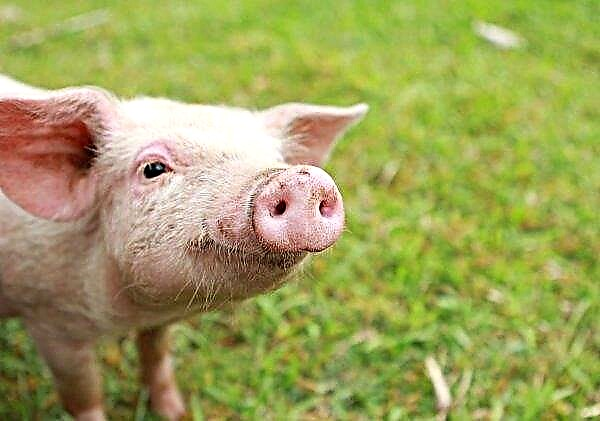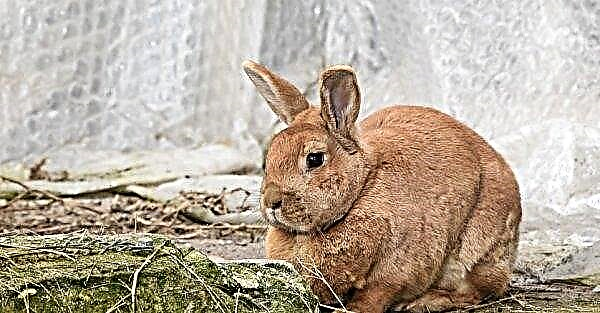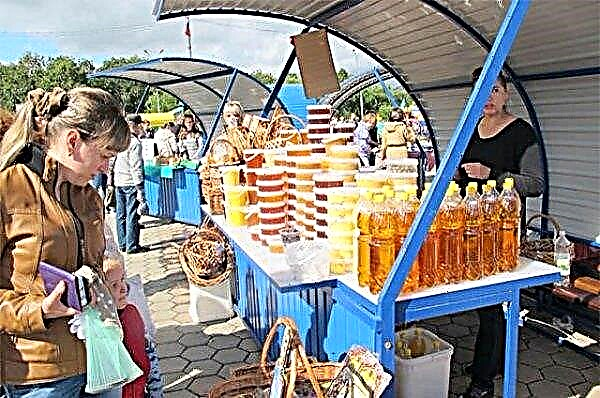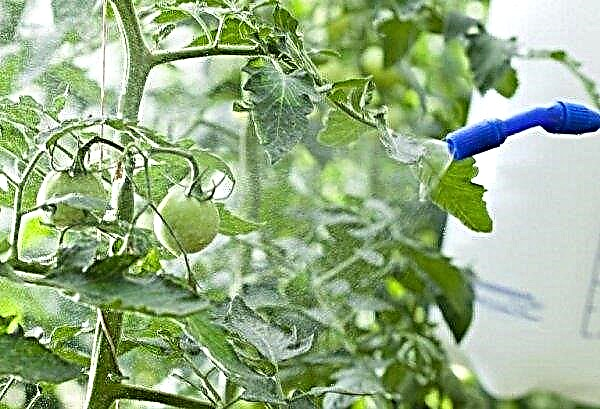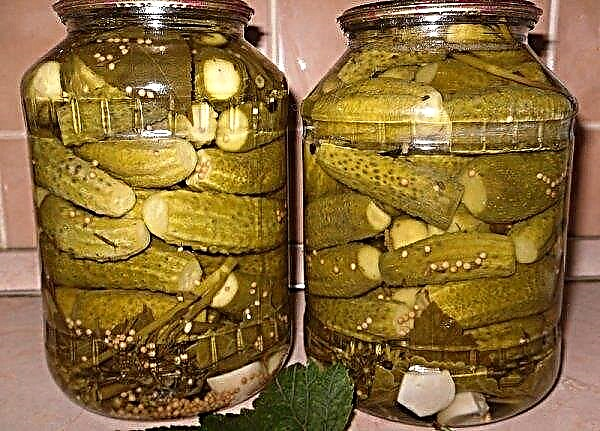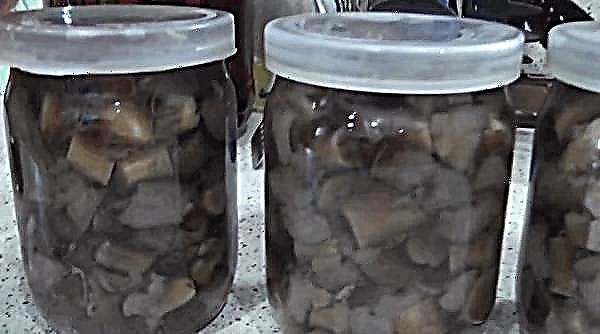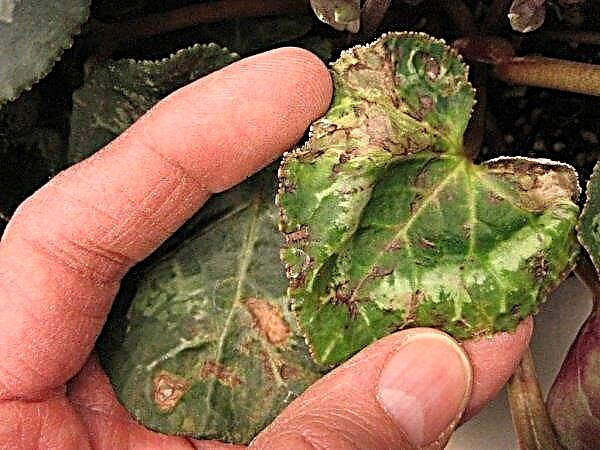Raspberry is a garden plant popular in our latitudes. Its fruits are eaten raw, make various preparations for the winter, raspberry jam is a good remedy for winter colds. It is worth noting the Phenomenon variety - large and tasty berries of which allow any gardener to be proud of their harvest.
Selection history
In the Soviet Union, there were other varieties of raspberries, of different yields and tastes. However, at the end of 1991, the well-known Ukrainian scientist-breeder N.K. Gonchar presented to the community of gardeners a new variety bred by him - raspberry Phenomenon. This variety was obtained by crossing the then-popular species of Odark and Stolichnaya at the Krasnokutskaya selection station. The result surpassed itself, the berry quickly gained popularity among specialists and amateurs in the field of gardening.
Grade description
The bushes of this plant are semi-spreading, have shoots of great height. Some antennae of this raspberry can reach up to 3 m in height, and are covered with sharp spikes. The color of the stalks of this raspberry is light beige, but with the onset of autumn cold they turn yellow.
The color of the leaves is dark green, the structure is dense, with a rough surface. The first flowering of this favorite of the raspberry world begins in May. In the middle of the last month of spring, when it is already warm, white flowers appear, with a large number of long stamens.
The fruits of this plant are large, have a conical shape. The average weight of one berry is about 10 g. If you look at the photo, you can see that the bright red color of raspberry fruits of the Phenomenon variety will make you notice, and the sweet-sour taste of the fruits will make it possible to remember this plant.
Grade characteristics
Raspberry varieties Phenomenon receives good reviews and is popular among gardeners for its high characteristics that distinguish it from other varieties.
Drought resistance, frost resistance
This type of raspberry is characterized by its high resistance to frost, the plant withstands early frosts and severe Epiphany cold and does not die.
Also raspberries can withstand heat, it does not need to be watered often, drought is not terrible. Even on sunny summer days, when the temperature outside the window exceeds the + 30 ° C mark, the berries appear stably on the shoots of the plant, delighting with their fresh taste.
Video: Raspberry varieties Phenomenon
Productivity and fruiting
Thanks to its large berries, which are plentiful on the bush, the average yield per raspberry bush can reach up to 8 kg. This exceeds the performance of other varieties.
The ripening of the first berries begins in mid-summer, around the beginning of July. Harvest will last until the end of August.
Important! Bushes The phenomenon does not need to be covered in the cold season.
Fields of application
The berries of this plant can be frozen without loss of vitamin and taste. It’s good to get a delicious jam that will delight you in the winter, also raspberry fruit can be ground with sugar. Such a dish will be appreciated by your children.
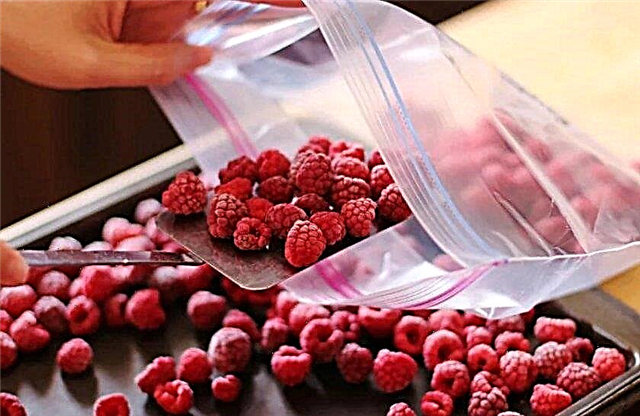 You can store fresh berries. Shelf life in the refrigerator - up to almost 5 days
You can store fresh berries. Shelf life in the refrigerator - up to almost 5 days
Disease and pest resistance
Phenomenon resistant to a variety of diseases characteristic of raspberries, pathogenic bacteria practically do not touch it. This variety can be classified as “planted and forgot”, when a large crop can only be removed from the bush and occasionally watered, and the hassle of processing the plant with various chemicals against diseases is not required.
However, there is a small feature, despite the fact that the plant is practically not sick, it not resistant to garden pests. Insects such as spider mite, weevil beetle and raspberry beetle can cause significant damage to your future crop.
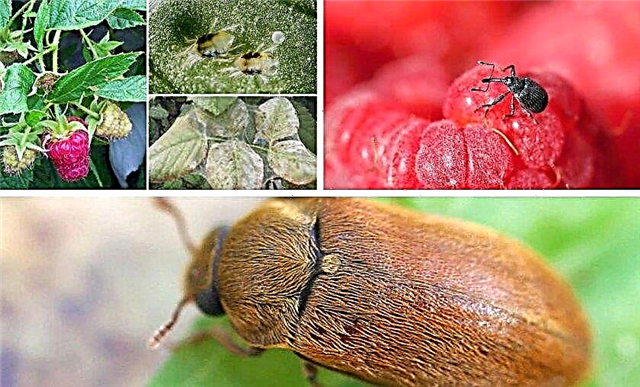
Breeding methods
Raspberries Phenomenon is present large basal shootswhich is actively growing. Therefore, in 2-3 years you can get a full raspberry, planting at first only one bush.
Did you know? Raspberry flowers are directed down, because of this the rain does not prevent the bees from collecting nectar from them.
The optimal period for planting a plant is the beginning of spring, or at the end of August, when the fruits stop appearing.
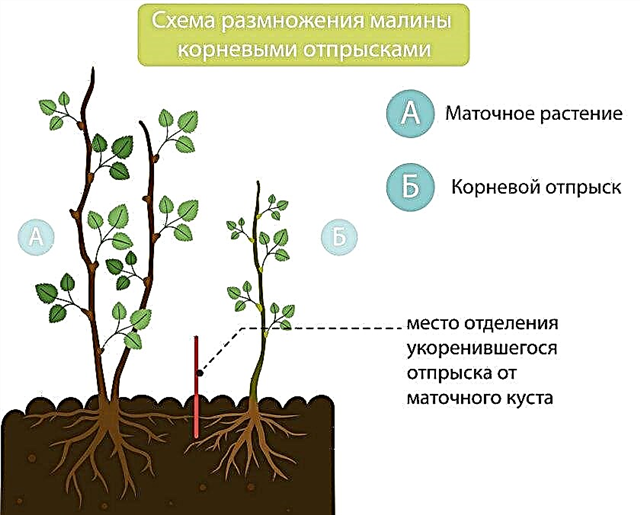
Landing and care
The key to success of any crop is the adherence to all planting rules and quality care for them.
Recommended Dates
The optimal time for planting seedlings of this raspberry is considered the end of summer or the beginning of autumn. It is during this period that the sun is not so hot that it will allow plants to better take root in a new place. Also, the gradual onset of winter and wintering itself will allow the bushes to harden, so that next year they will be ready for the appearance of the first berries.
Choosing the right place
To get a big crop, and the bushes did not hurt, you must carefully consider the selection of a suitable landing site. Best if you choose sunlit and windproof. Pay attention to the proximity of groundwater, it should be small.
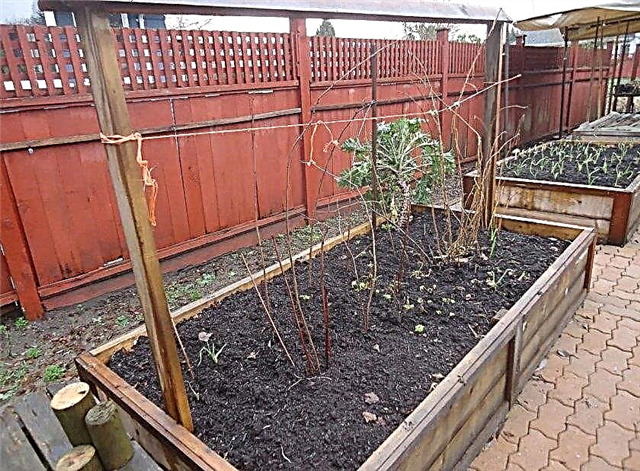
Pay attention to the soil, it is best if it is a loose substrate of clay and sand. Water does not accumulate in such soil; at the same time, it does not quickly leave. This gives optimal conditions for water metabolism of plants.
Did you know? To prevent raspberries from filling the entire garden, make small trenches around it and put linoleum on their bottom.
Preparing planting material
For successful engraftment of seedlings, it is necessary to carefully consider their choice. At least 3 buds and a well-developed root system should be present on the seedlings. The roots should not be rotten or dry.
So that the young shoots of raspberries do not die, fertilize the soil. To do this, prepare the following fertilizer:
- 4 kg of cow, pork or chicken manure, or humus;
- 200 g of superphosphate salt;
- 100 g of wood ash. Instead of ash, you can use the potassium salt.
Mix the resulting mixture with the topsoil.
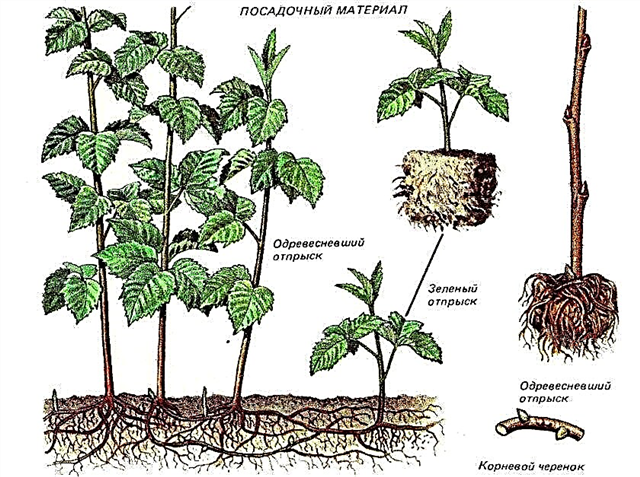
Landing algorithm
In the process of planting seedlings, you must act according to the following scenario:
- Dig holes 30 × 30 cm. The distance between them should be about 70 cm.
- Spread the root system of the seedling at the bottom of the resulting fossa.
- Fill the roots with earth and tamp well.
- Using a garden pruner, cut the seedlings by 30 cm, and then remove all leaves from it.
- Pour the planted bushes, in the amount of liquid: 1 bucket into 3 young plants.
- Mulch seedlings with peat or humus.
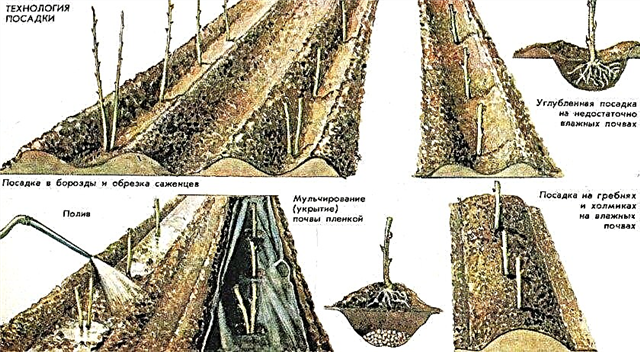 When planting raspberries, you can not deeply dig in seedlings, this will lead to their death
When planting raspberries, you can not deeply dig in seedlings, this will lead to their death
Further care
Raspberry The phenomenon does not require careful care, but still, if you do not follow the plants, the quality of your crop will decrease.
Watering the plants is not necessary very often, about 3 times in one season, if it does not rain often. If the summer is rainy, then you can not water at all. In a drought, watering can be increased. For one bush, 20 liters of liquid are required for the first two waterings and 40 liters for the last.
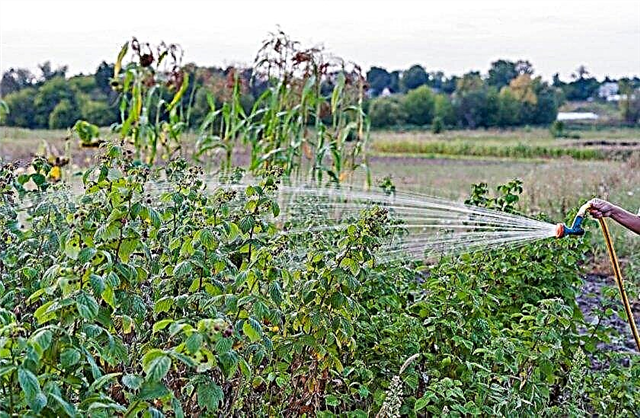
So that the raspberry tree does not grow to unimaginable sizes, trim periodically. Remove diseased or weak shoots, and if they grow too densely, you can thin them. Otherwise, a large number of shoots per unit area may interfere with each other, and the quality of the crop will decrease.
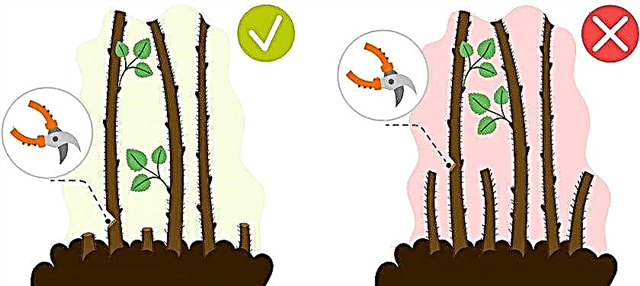
To make raspberries grow well from the second year of her life, you need to perform the feeding procedure. To do this, you can use ammonium nitrate. It is applied to loose soil, counting 10 g per 1 m² of your raspberry.
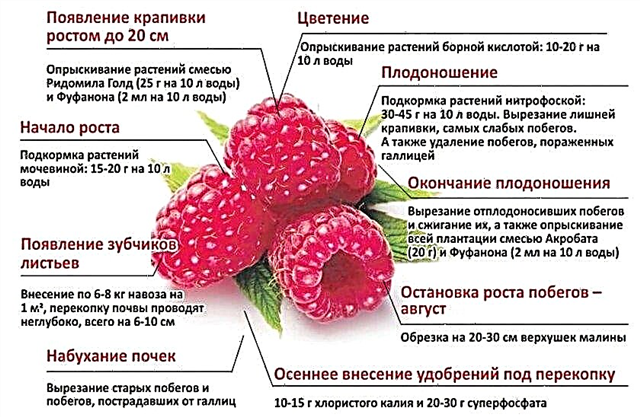
Harvesting and storage
The first harvest from the bushes can be obtained at the end of July. For 5-6 times, you can make a complete collection of berries from raspberries of this variety. As indicated above, about 8 kg of delicious berries are obtained from one bush. It is necessary to collect fruits manually.
Freshly picked raspberries are easily stored without spoiling, if you put the container with them in a cool place (at temperatures from 0 ° C to + 3 ° C). Fruits are easily transported from place to place without damage to the crop.
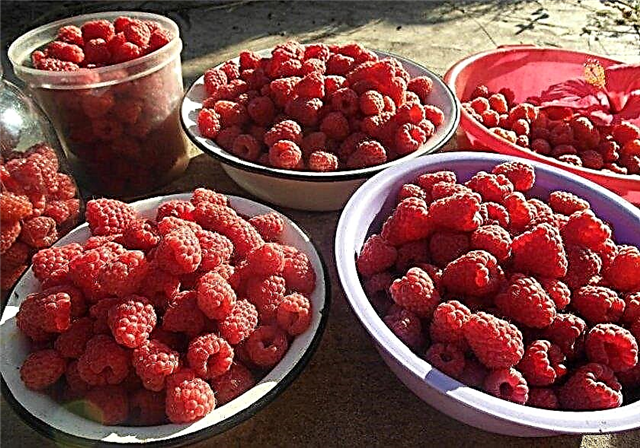 Raspberry fruits can be eaten fresh, make delicious jam from them, freeze or grind with sugar. Taste and vitamin properties are not lost.
Raspberry fruits can be eaten fresh, make delicious jam from them, freeze or grind with sugar. Taste and vitamin properties are not lost.
Growing raspberries The phenomenon is the key to a good harvest, and if you grow berries for sale, then using this variety you can make good money. After all, this raspberry is tasty, large and does not deteriorate during transportation.
Network user reviews
We are very pleased with this variety - both the taste and size and shape of the berry. There is no soap on the palate. Certain tones in the taste largely depend on the soil and fertilizer applied. I judge by grapes: the same variety in different areas (sandy loam and chernozem) is slightly, but still different in taste and consistency of flesh. Two years ago and poor quality, but the size and shape are visible.

